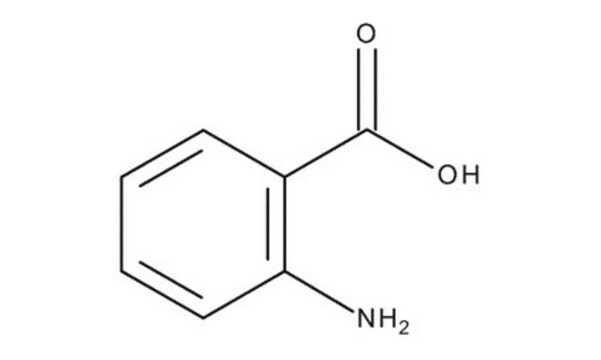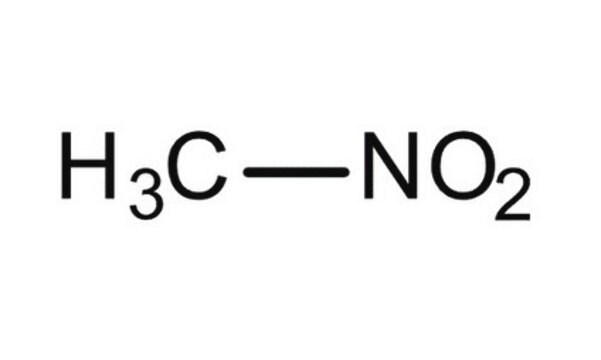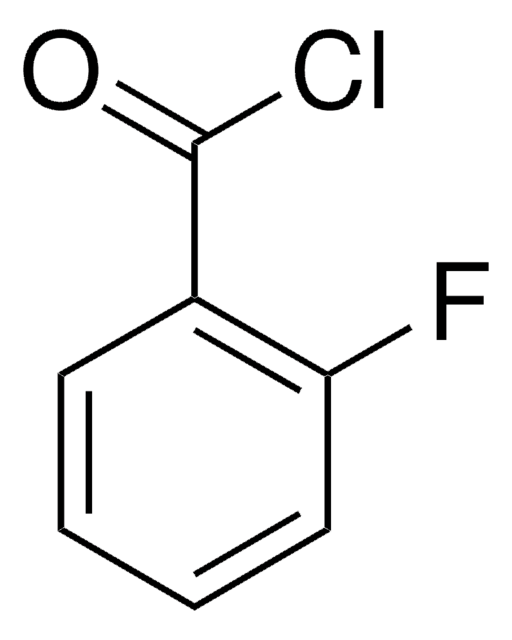모든 사진(4)
About This Item
Linear Formula:
2-(H2N)C6H4CO2H
CAS Number:
Molecular Weight:
137.14
Beilstein:
471803
EC Number:
MDL number:
UNSPSC 코드:
12352100
PubChem Substance ID:
NACRES:
NA.21
추천 제품
일반 설명
Anthranilic acid (2-AA) is an aromatic acid having amino group. It is of medical importance as it plays an important part in generating quinolinic acid in the brain. The crystalline structure of 2-AA has been studied by neutron diffraction. The chemisorption of 2-AA on silver nano-particles have been investigated by Raman and surface-enhanced Raman scattering (SERS) studies.
애플리케이션
Anthranilic acid may be used to synthesize 3-imino-2,3-dihydro-4,1-benzoxazepin-5(1H)-one and 9(10H)-acridone.
Used for non-selective, efficient fluorescent labeling of glycans.
관련 제품
신호어
Danger
유해 및 위험 성명서
예방조치 성명서
Hazard Classifications
Eye Dam. 1
Storage Class Code
11 - Combustible Solids
WGK
WGK 1
Flash Point (°F)
302.0 °F - closed cup
Flash Point (°C)
150 °C - closed cup
개인 보호 장비
dust mask type N95 (US), Eyeshields, Faceshields, Gloves
이미 열람한 고객
Anthranilic acid, C7H7NO2, by neutron diffraction.
Brown CJ and Ehrenberg M.
Acta Crystallographica Section C, Crystal Structure Communications, 41(3), 441-443 (1985)
Cyanomethylation of anthranilic acid.
Mitchell MO and Hurley AR.
Journal of Heterocyclic Chemistry, 40(3), 553-554 (2003)
Generation of 9(10H)-Acridone from Anthranilic Acid.
Ho TL and Jou DG.
J. Chin. Chem. Soc., 48(1), 81-82 (2001)
Interaction of anthranilic acid with silver nanoparticles: A Raman, surface-enhanced Raman scattering and density functional theoretical study.
Chadha R, et al.
Journal of Molecular Structure, 1076, 35-41 (2014)
Anna Marzec et al.
Molecules (Basel, Switzerland), 24(5) (2019-03-06)
In this study, novel organic⁻inorganic composites were prepared by the complexation of dicarboxylic azo dye (AD) with aluminum⁻magnesium hydroxycarbonate (AlMg⁻LH). This procedure provides an effective method for the stabilization of dicarboxylic organic chromophores on an AlMg-LH host. The structures of
프로토콜
Explore mass spectrometry analysis of glycans for glycomic & glycoproteomic neutral & acidic glycan analysis. See a general mass spec glycan analysis procedure.
자사의 과학자팀은 생명 과학, 재료 과학, 화학 합성, 크로마토그래피, 분석 및 기타 많은 영역을 포함한 모든 과학 분야에 경험이 있습니다..
고객지원팀으로 연락바랍니다.










